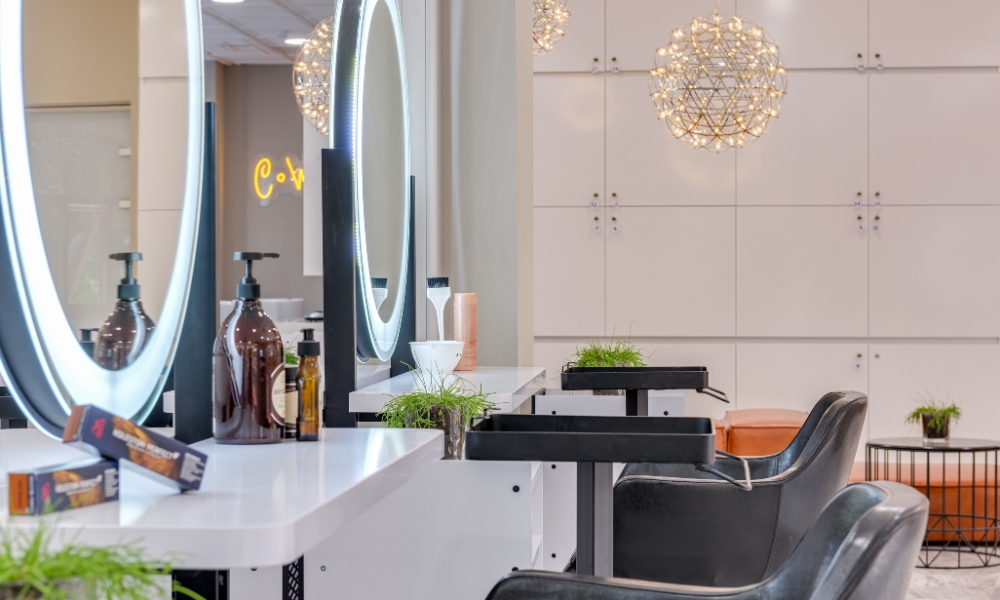A vanity unit, an essential fixture in modern bathrooms, combines functionality with aesthetic appeal to enhance both the practicality and visual appeal of the space. Serving as a multi-purpose station, a vanity unit typically consists of a sink or basin, countertop, storage cabinets, and sometimes a mirror. This versatile piece of furniture not only provides a convenient area for personal grooming and hygiene but also offers storage solutions to keep bathroom essentials organized and within reach. With various designs, sizes, and materials available, a vanity unit can be tailored to suit different bathroom layouts and décor styles,
What Is The Most Durable Material For Vanity Units?
When considering durability, one of the most resilient materials for vanity units is undoubtedly solid wood. Solid wood vanity units are renowned for their sturdiness and longevity, offering excellent resistance to wear and tear even in high-moisture environments like bathrooms. Additionally, solid wood vanity units often feature timeless designs that can withstand changing trends, ensuring they remain stylish and functional for years to come. Other durable materials commonly used for vanity units include engineered wood, stainless steel, and natural stone such as granite or marble, each offering unique benefits in terms of durability and aesthetics.
Importance In Modern Bathrooms
The importance of vanity units in modern bathrooms cannot be overstated. Beyond their practical function of providing a designated space for personal grooming and storage, vanity units contribute significantly to the overall aesthetics and ambiance of the bathroom. They serve as focal points, adding visual interest and enhancing the sense of style in the space. Moreover, vanity units help to maximize the use of available space in smaller bathrooms by offering storage solutions that keep clutter at bay. By combining functionality with design versatility, vanity units play a crucial role in creating a comfortable, organized, and visually appealing bathroom environment, meeting the demands of contemporary living.
Types Of Vanity Units
1. Freestanding Vanity Units
2. Wall-Mounted Vanity Units
3. Corner Vanity Units
4. Double Vanity Units
Materials Used In Vanity Units
Vanity units are crafted from a variety of materials, each offering unique characteristics in terms of durability, aesthetics, and maintenance requirements. Common materials used in vanity unit construction include:
- Wood: Solid wood and engineered wood are popular choices for vanity units, providing a timeless and elegant look. Wood adds warmth to the bathroom and can be finished in various stains or paints to complement different decor styles.
- Metal: Stainless steel and other metals are often used for contemporary vanity units, offering a sleek and modern appearance. Metal vanity units are highly durable and resistant to moisture, making them ideal for bathrooms.
- Natural Stone: Granite, marble, and quartz are luxurious options for vanity unit countertops. These materials add a touch of sophistication to the bathroom and offer exceptional durability and resistance to heat and scratches.
- Glass: Glass vanity units create a sense of openness and lightness in the bathroom. They are available in various styles, including clear, frosted, or tinted glass, and can be paired with metal or wood accents for added elegance.
- Composite Materials: Composite materials such as acrylic, laminate, and resin offer versatility in design and color options. They are durable, easy to clean, and resistant to moisture, making them suitable for high-traffic bathrooms.
Design Styles For Vanity Units
Vanity units come in a range of design styles to suit different tastes and preferences. Some popular design styles include:
- Traditional Designs: Characterized by ornate detailing, curved lines, and rich finishes, traditional vanity units exude timeless elegance. They often feature raised panel doors, decorative hardware, and intricate carvings, evoking a sense of luxury and sophistication.
- Modern Designs: Clean lines, minimalist aesthetics, and sleek finishes define modern vanity units. These designs prioritize functionality and simplicity, with emphasis on geometric shapes, high-gloss surfaces, and integrated storage solutions for a streamlined look.
- Rustic Designs: Inspired by natural elements and rustic charm, rustic vanity units embrace imperfections and organic textures. They often incorporate reclaimed wood, distressed finishes, and wrought iron accents to create a cozy and inviting atmosphere reminiscent of a countryside retreat.
- Minimalist Designs: Minimalist vanity units focus on simplicity and functionality, with an emphasis on clean lines and uncluttered spaces. These designs feature sleek surfaces, concealed storage, and monochromatic color schemes, creating a sense of tranquility and serenity in the bathroom.
Choosing The Right Vanity Unit
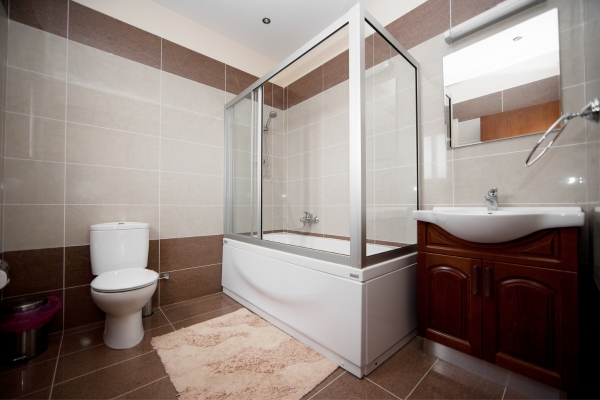
Selecting the perfect vanity unit for your bathroom involves considering several factors such as space, style, material, and functionality. Begin by measuring the available space to ensure the vanity unit fits comfortably without overwhelming the room. Consider the storage needs and choose a unit with adequate drawers and cabinets. Matching the vanity unit’s style with your bathroom decor is crucial, whether you prefer traditional, modern, rustic, or minimalist designs. Finally, consider the materials and finishes that will best suit your needs in terms of durability and maintenance.
Installation Of Vanity Units
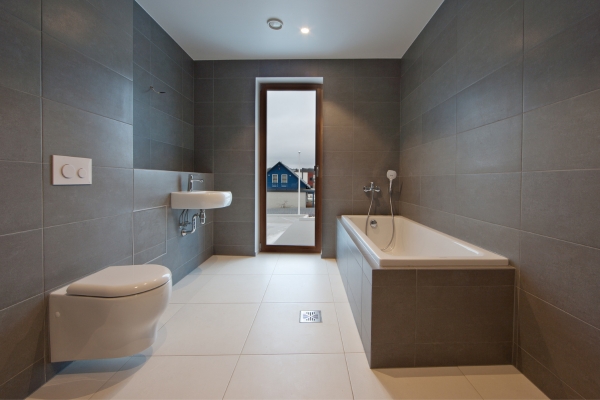
Installing a vanity unit requires careful planning and precision. Begin by marking the desired position on the wall, ensuring it aligns with the plumbing. Secure the vanity unit to the wall using appropriate brackets or screws. Connect the plumbing fixtures, including the sink and faucet, ensuring all connections are watertight. Finally, install the countertop and any additional elements such as mirrors or lighting. It’s often recommended to hire a professional for installation to ensure all aspects are correctly and safely fitted.
Maintenance Of Vanity Units
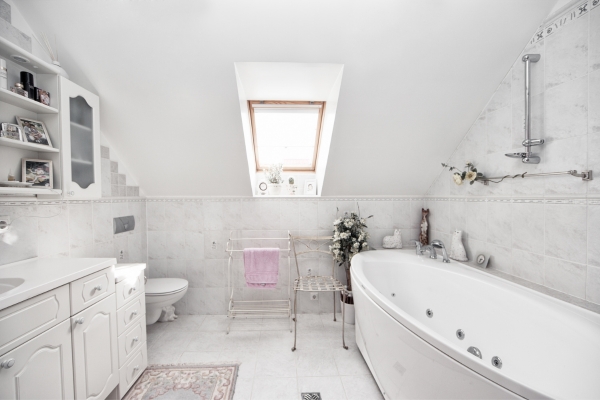
Maintaining make a vanity unit involves regular cleaning and care to preserve its appearance and functionality. For wooden vanity units, use a damp cloth to wipe down surfaces and avoid harsh chemicals that can damage the finish. Stone countertops should be sealed periodically to prevent stains and water damage. Metal and glass units can be cleaned with mild detergents and soft cloths to prevent scratches. Regularly check and tighten any hardware to keep the unit sturdy and functional.
Vanity Units In Small Bathrooms
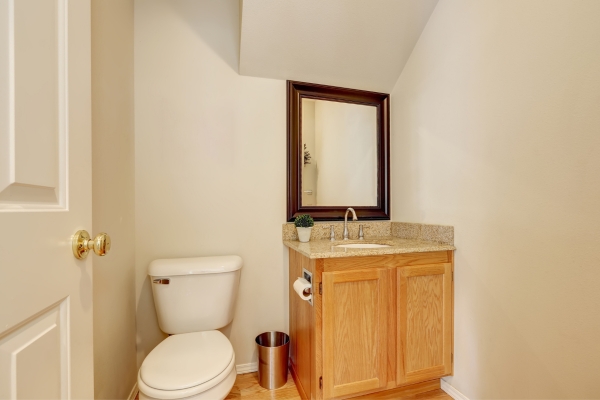
In small bathrooms, choosing the right vanity unit can maximize space and enhance functionality. Opt for wall-mounted vanity units that free up floor space, creating a sense of openness. Compact vanity units with integrated storage can help keep essentials organized without crowding the room. Consider units with mirrors to reflect light and make the space appear larger. Utilizing corner vanity units can also be a smart solution to make the most of limited space.
Vanity Units In Large Bathrooms
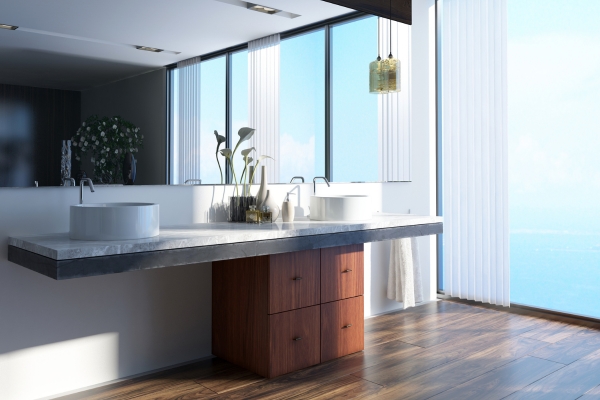
Large bathrooms offer the luxury of accommodating more substantial and elaborate vanity units. Double-sink vanity units are ideal for shared spaces, providing ample room for multiple users. Freestanding vanity units can serve as focal points, adding elegance and sophistication to the bathroom. With more space available, you can experiment with various styles, materials, and finishes to create a cohesive and visually appealing design. Additional features like extended countertops and extra storage can enhance the functionality and aesthetics of the bathroom.
Eco-Friendly Vanity Units
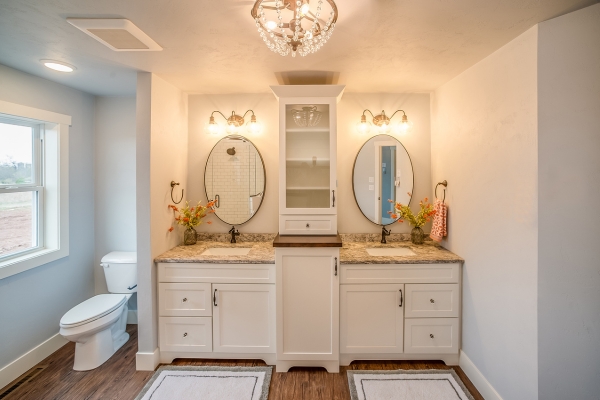
Eco-friendly vanity units are designed with sustainability in mind, using materials and manufacturing processes that minimize environmental impact. Look for vanity units made from reclaimed or sustainably sourced wood, bamboo, or recycled materials. Low-VOC finishes and non-toxic adhesives ensure better indoor air quality. Additionally, consider water-saving fixtures and energy-efficient lighting to complement the eco-friendly design. These choices not only reduce environmental footprint but also create a healthier living space.
Conclusion
Vanity units play a crucial role in enhancing both the functionality and aesthetics of bathrooms, regardless of size or style. From choosing the right materials and designs to ensuring proper installation and maintenance, every aspect contributes to the overall bathroom experience. Whether you’re working with a compact space or a large bathroom, the right vanity unit can transform the area into a practical and visually appealing sanctuary. By opting for eco-friendly options, you can also make a positive impact on the environment while enjoying a stylish and functional bathroom.
